Nicaragua’s $50BN Panama Canal Rival
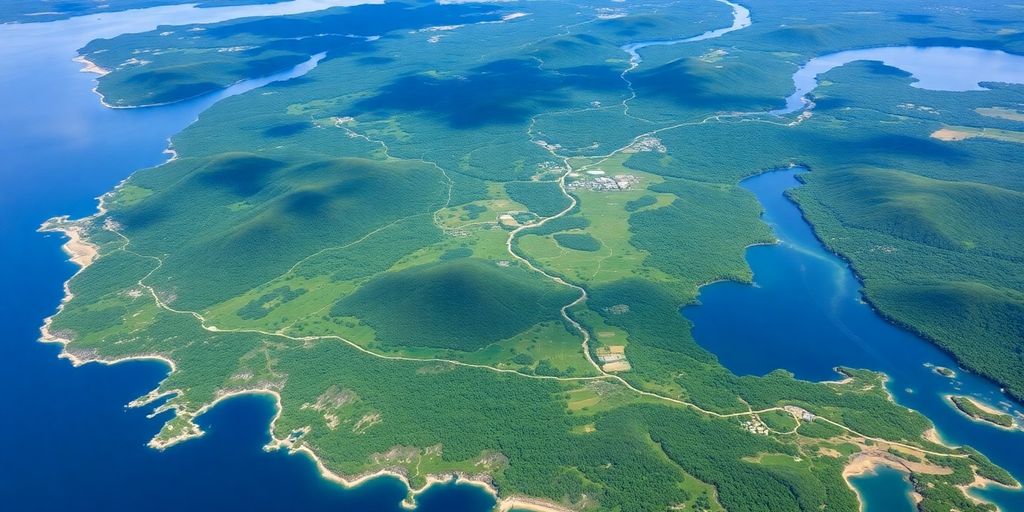
The idea of a canal through Nicaragua has been around for centuries, but it has faced numerous challenges. From natural disasters to political instability, the dream of a new waterway linking the Atlantic and Pacific Oceans has been a long and complicated journey. In this article, we explore the history, challenges, and future of Nicaragua’s ambitious canal project.
Key Takeaways
- The Panama Canal is crucial for global shipping, but it faces capacity issues.
- Nicaragua has long sought to build its own canal to compete with Panama.
- The project has a rich history dating back to the 1500s, with various attempts and proposals.
- Recent efforts have been led by Chinese businessman Wang Jing, but financial troubles have stalled progress.
The Importance Of The Panama Canal
The Panama Canal is a vital waterway that allows ships to travel between the Atlantic and Pacific Oceans quickly. More than 10,000 ships use it each year, transporting half a billion tonnes of goods. The toll for large vessels can reach half a million dollars, but the time saved makes it worthwhile. Without the canal, ships would have to navigate the treacherous Strait of Magellan, which can take weeks or even months.
The Nicaragua Canal: A Historical Perspective
The idea of a canal through Nicaragua dates back to the 1500s when Spain controlled much of Central America. The Spanish were looking for a safer route to transport gold and silver back to Europe, as the Strait of Magellan was too dangerous. They considered building a canal but ultimately decided it was too expensive and opted for a convoy system instead.
In the 19th century, the Federal Republic of Central America was formed, and they saw the canal as a way to boost their economy. They proposed a route that would follow the San Juan River and connect to Lake Nicaragua, allowing ships to reach the Pacific Ocean. However, they lacked the funds to build it and sought help from the United States, which ultimately declined due to concerns about stability in the region.
The Rise And Fall Of Wang Jing
Fast forward to 2012, when Chinese businessman Wang Jing emerged as a key player in the Nicaragua Canal project. He signed a deal to establish the Hong Kong Nicaragua Development Group (HKND) and promised to build a canal that would be larger and deeper than the Panama Canal. The estimated cost was around $50 billion.
However, doubts about Wang Jing’s ability to finance the project arose. Critics questioned his lack of experience in large construction projects and speculated that he might be a front for the Chinese government. Despite these concerns, construction began in 2014, and the Nicaraguan government was optimistic about the potential economic benefits.
Protests And Financial Troubles
Not everyone was on board with the canal project. In 2015, protests erupted over concerns about environmental damage and the displacement of communities. Activists feared that the canal would cut through pristine rainforests and harm endangered species.
Meanwhile, Wang Jing faced a financial crisis when a crash in the Chinese stock market wiped out much of his wealth. By 2018, his company had vanished, leaving behind an empty office and no progress on the canal. In 2024, Nicaragua officially cut ties with Wang Jing and his company, marking yet another failed attempt to realize the canal dream.
The Future Of The Nicaragua Canal
Despite the setbacks, Nicaragua has not given up on the idea of a canal. After severing ties with Wang Jing, the government announced the formation of a new Great Canal Authority to explore future possibilities. The dream of a Nicaragua Canal continues to linger, but whether it will ever come to fruition remains uncertain.
In conclusion, the story of Nicaragua’s canal project is a tale of ambition, challenges, and resilience. While the dream has faced many obstacles, the hope for a new waterway linking the Atlantic and Pacific Oceans persists. Will Nicaragua finally succeed in building its canal? Only time will tell.
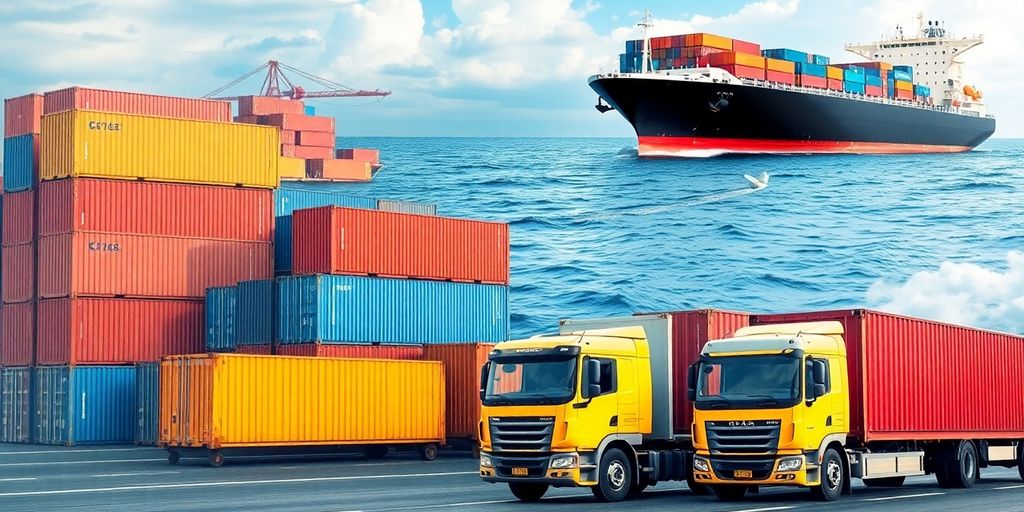
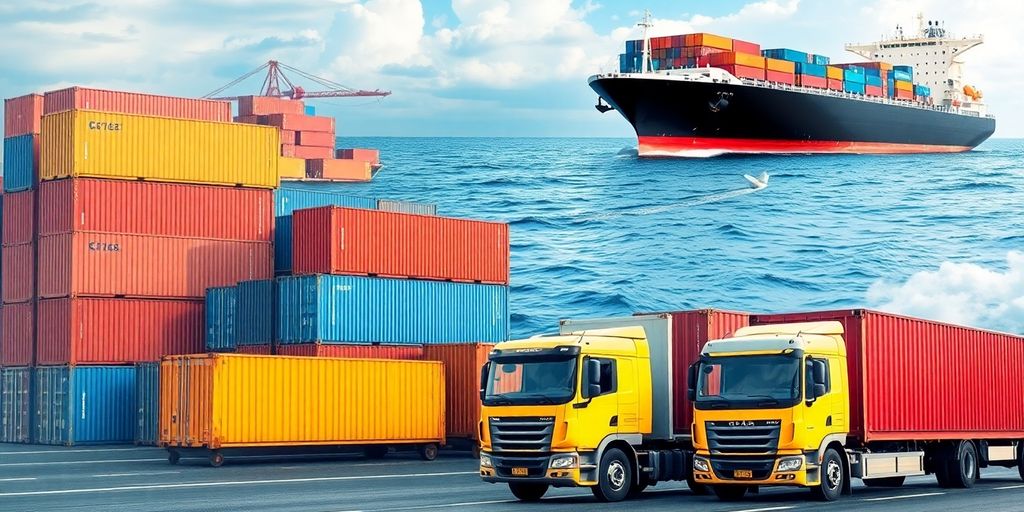

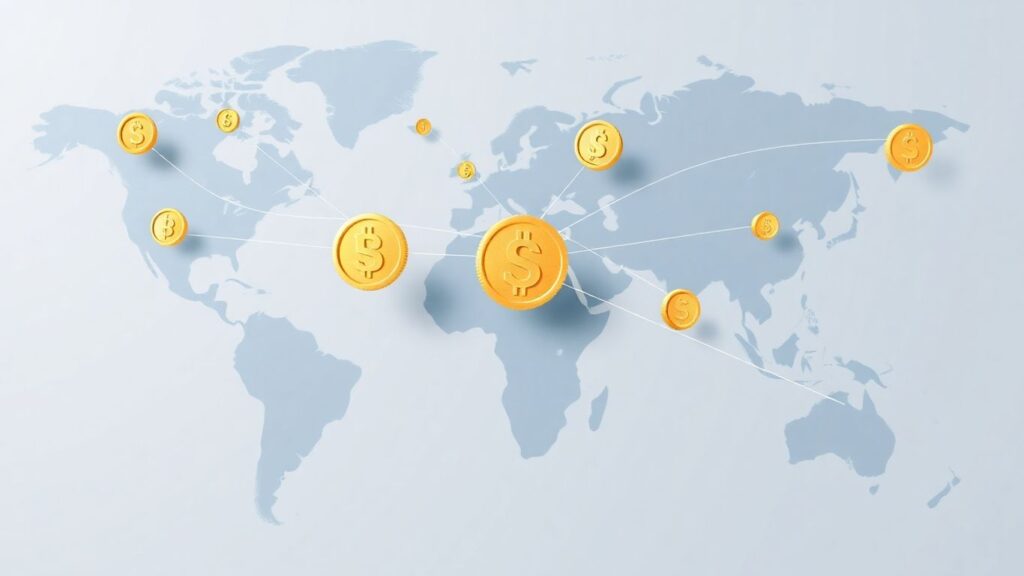
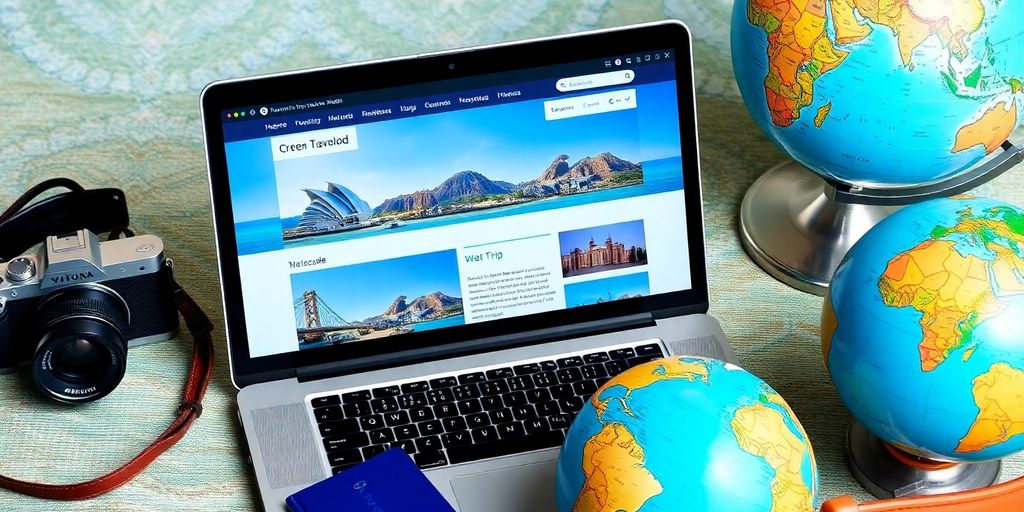
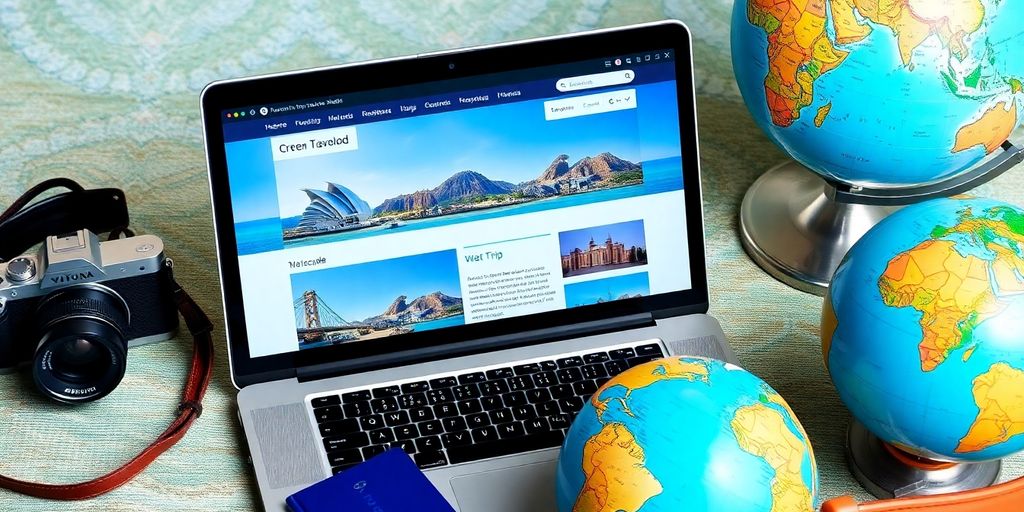
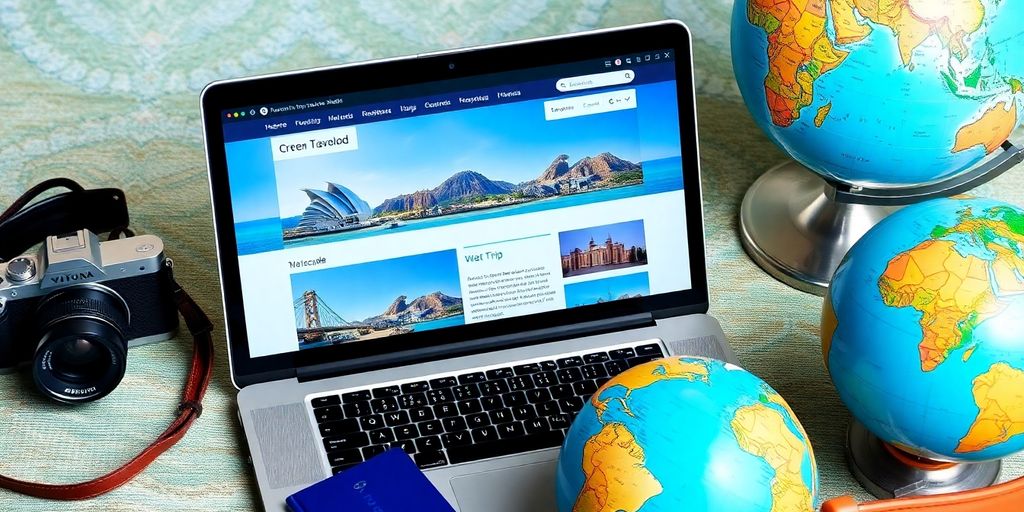

Responses